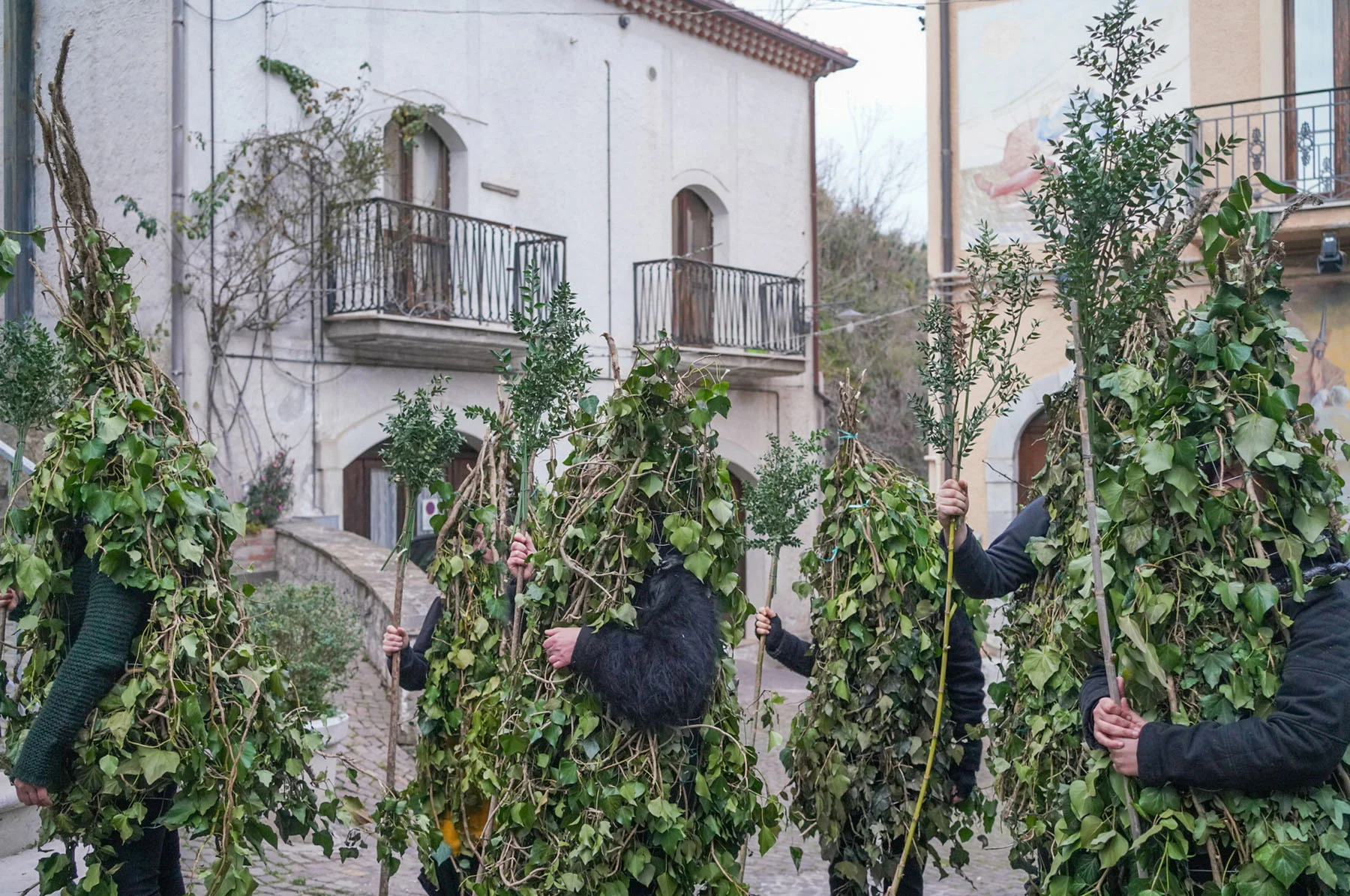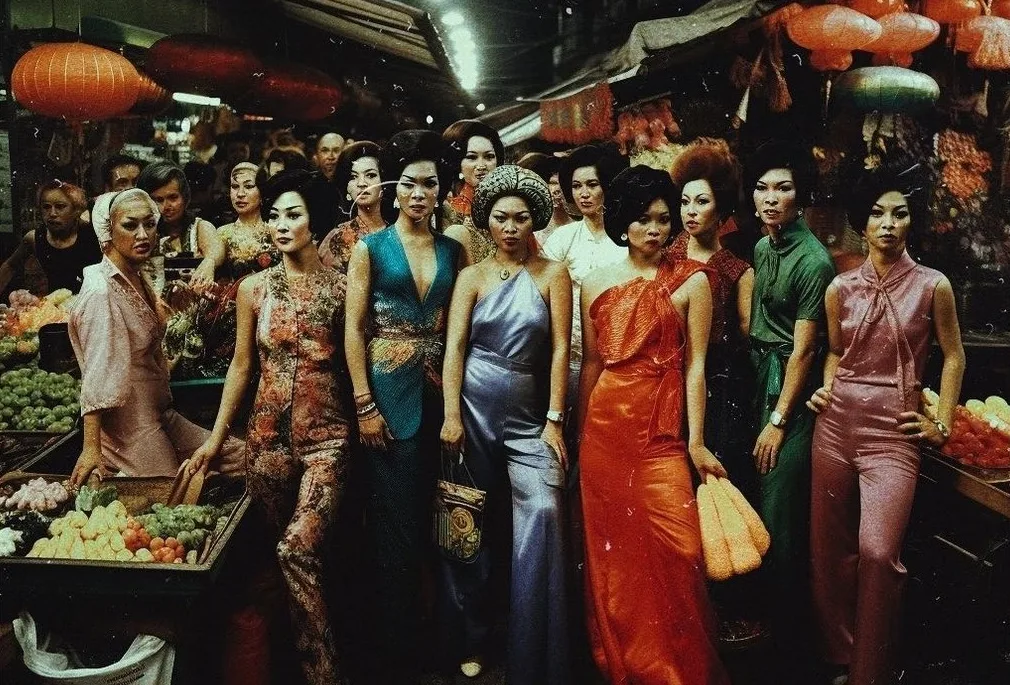
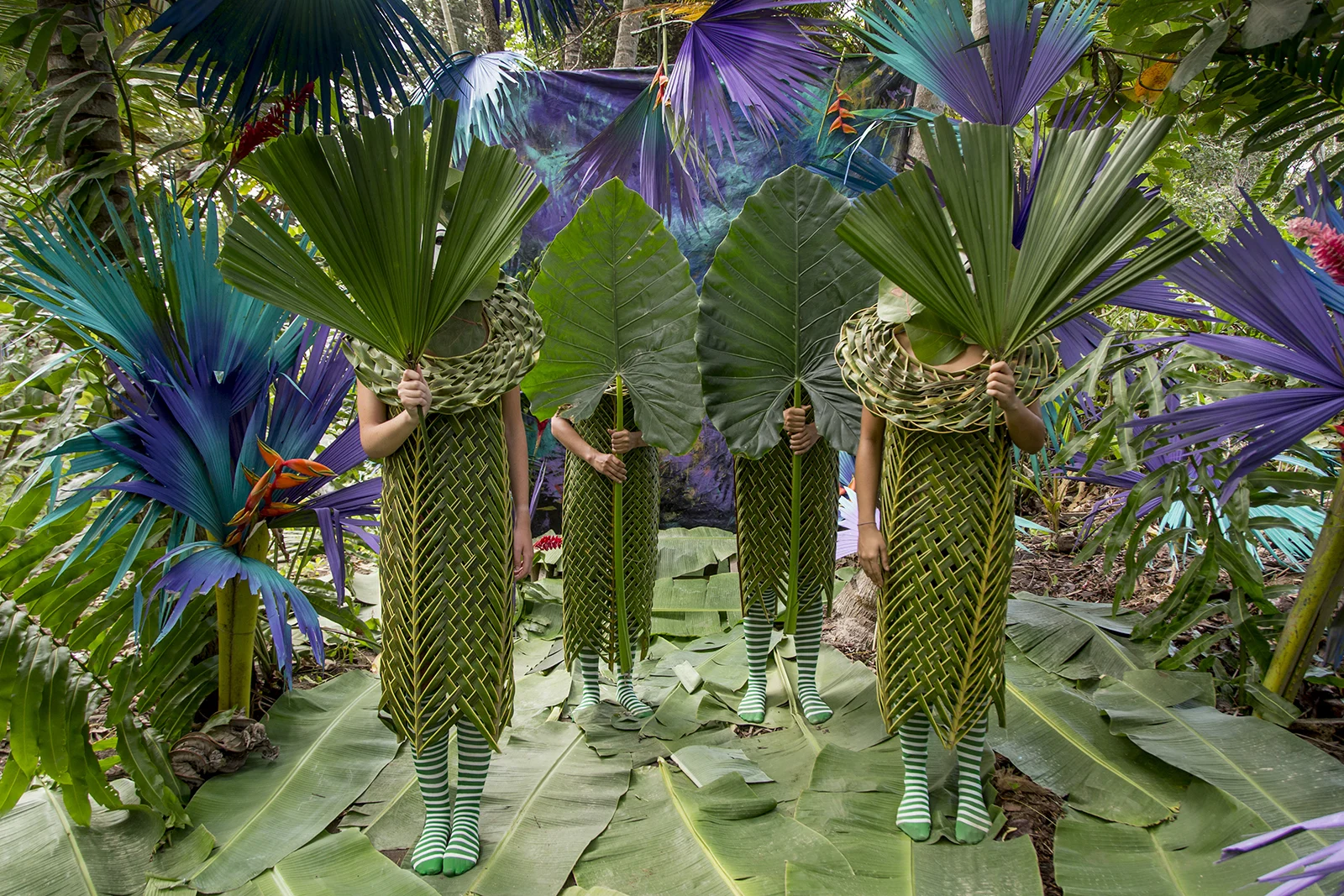
Over time, Colombian scenographer Orly Anan has learned that objects and spaces affect people because of the meaning they assign to them. In her work, Orly creates spaces and scenes that aren’t symbolic of any particular one of the many cultures and traditions she’s studied and been a part of. Every one of her creations is a mixture of real histories or traditions and imagined stories, but Orly hopes that her viewers might experience something mesmeric.
As a teenager, Orly Anan was obsessed with changing the spaces around her. Even after simply rearranging her room, she would feel as though she’d travelled to another place, as if she was altering her reality. “I gradually realized that I could work to a smaller scale. I didn’t have to create these buildings or huge sets, I could change something small that could still alter perspectives,” she says. Orly saw that even the smallest changes to a room could entirely change the way someone might look at it. “It opened up this window of possibilities. I saw how easy it was to transform a space and make people believe they’d traveled somewhere else.”

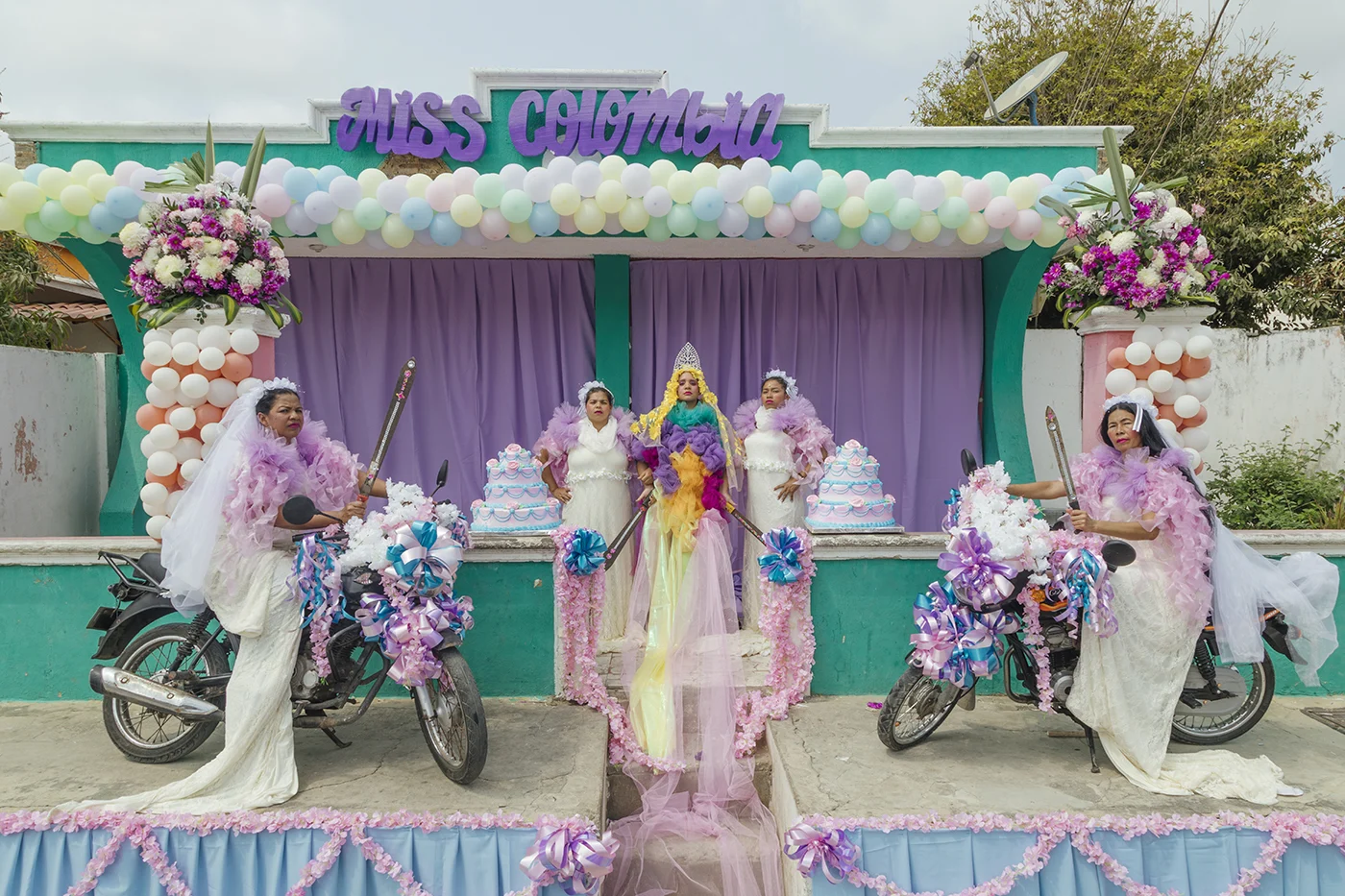
This obsessive need to change spaces pre-empted Orly’s career as a scenographer, creating sets and scenery both big and small for music videos and photoshoots. Nowadays, she’s working with major brands and events but her work has that same DIY feel that it had in her teenage bedroom.
This year, she worked with musician and good friend Lido Pimienta on the visuals for her album Miss Colombia, creating a spectacular set on a budget using balloons, ribbons and bouquets of flowers. Orly loved taking the sounds of the album and trying to turn them into something visual, and she’s keen for that to be her main craft moving forward. “The idea was to create a huge cake, a dessert for the eyes, where everything is colorful and creamy. It’s playing on the cliche of the Latin women who supposedly have to get married, and it’s an ironic letter to the world of the Quinceanera,’ she says.
With the frilly dresses and the tiara on Lido’s head, the scene reflects the beauty pageant the album was named after. Until you spot the machetes. “They’re like a feminist scream: ‘even if we’re in these pastelle dresses in this cake-filled world, we are empowered, and we are ready to fight’,” Orly says. The perfect, pristine set and its bright colors clash with the cracked walls, rusty metal gates and TV satellites of the street behind it, and this is a perfect example of how Orly’s low-budget projects can utterly transform a space.

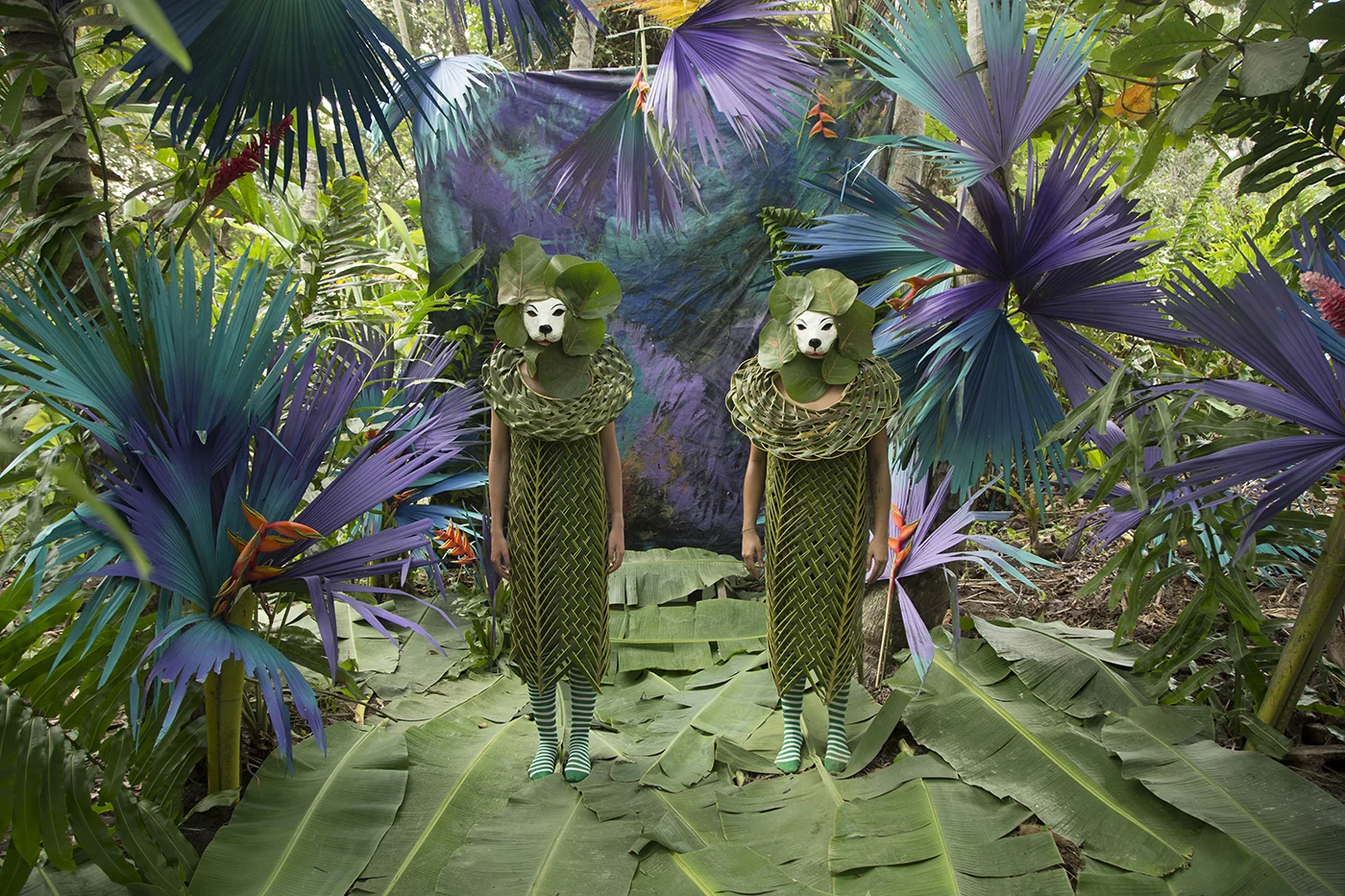
These little spaces can help you to travel in time.
It’s no surprise Orly’s sets are all so different. She’s been influenced by so many disparate places in her life. Born in the US but brought up in Colombia, she moved to Tel Aviv at 13 and attended university in Barcelona before moving to New York, and now lives in Mexico City. “It feels like I’ve already lived five different lives, because I’ve had the honor and luck to live in so many incredible countries already,” she says. “I’ve been this travelling sponge, absorbing colours and sounds and food and languages as I went.”
Orly was born into Judaism, but she’s always enjoyed taking bits and pieces from other religions and ideologies and creating her own personal belief system. She admits that traditionally she would be seen as a sinner within Judaism, but she sees religion as more of a personal experience. “I love speaking Hebrew and I love celebrating my Jewish holidays, but I also love singing Yoruba songs, and I have a Buddha on my altar,” she says. “If you want to connect with faith, you can consummate these religions and gods. I think the different possible combinations are infinite.”



Orly has experienced such varied cultures and traditions and is deftly able to select small elements from each, which she then combines seamlessly. She uses the cultures she studies as inspiration, as ingredients for her own unique characters, objects and places. Everything you see is fictional, with sprinklings of real histories and traditions that are combined in such a way that they create something brand new.
One thing Orly has learned from exploring all of these cultures, and something that she puts to use in her own work, is the deep meaning people assign to certain objects and places. “I’ve always been attracted to shrines or temples, because every human can feel some type of holiness in front of certain things,” she says. Temples and shrines are a classic example, but sports stadiums or paintings can evoke similar feelings. Orly is fascinated by the way physical objects and spaces can put people into a trance because of the meaning they assign to them, be it the instruments and traditional dresses of the flamenco art form during her time in Barcelona, or the symbolism and iconography of the festivals she attended in Colombia.
I have this need to alter reality, to live in this fantastical world.


Orly believes that every person has that spiritual need to connect with something bigger than themselves. She hopes that, just as a believer stands before an altar and feels holiness, everyone who sees her work can feel something in it, regardless of whether they understand what they’re looking at. She often speaks about the intersection between ritual or tradition and modern pop culture, and how it shows that people are able to connect with things they don’t immediately relate to. Pop culture is so mainstream and can enter the lives of so many people, and Orly suggests that many music videos or songs are packed with elements of historical or spiritual symbolism.
“It’s nice that sometimes people don’t even know exactly what they are seeing but they are still attracted to it,” she explains. “Pop culture is a perfect space to show people the more symbolistic, spiritual, lesser seen parts of life, even if they don’t understand them.”
When she was asked to create a poster for a Mexican festival called Tropico, she thought about the different tribes she had studied from various cultures, and began to imagine some fictional tribe. The tribe’s leader stands centrally, protected by figures holding umbrellas emblazoned with spirals, which can “hypnotize people to dance.” “I can create creatures from another planet, another dimension, that people can identify with and find meaning in, even if they don’t know where they come from,” Orly says.
She likens her work to watching a film at the cinema, as certain music and costumes in a film can suddenly place an audience in 1920s France. “I love this idea that you can make these little spaces here in this dimension that can help people travel in time,” she says. “These micro-universes can let people dive into other worlds, parallel worlds. This reality is too boring for me. It’s truly a need to alter reality, to live in this fantastical world. It makes me feel more alive.”

